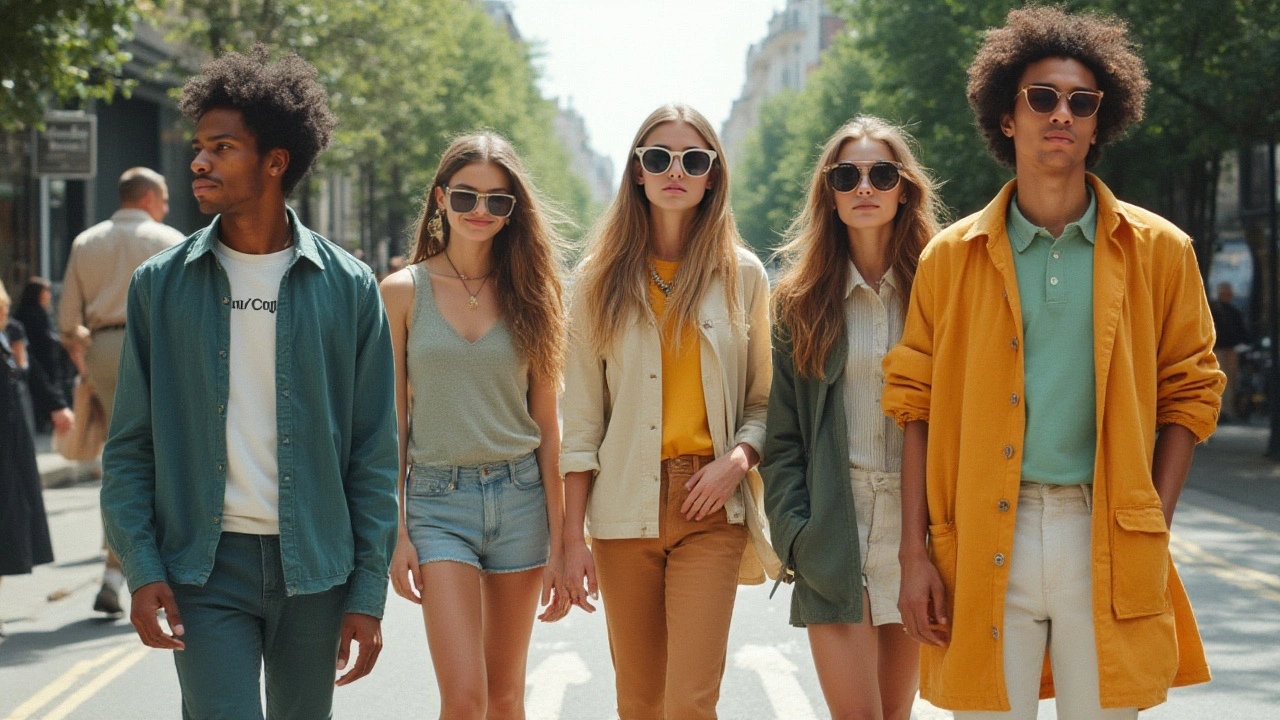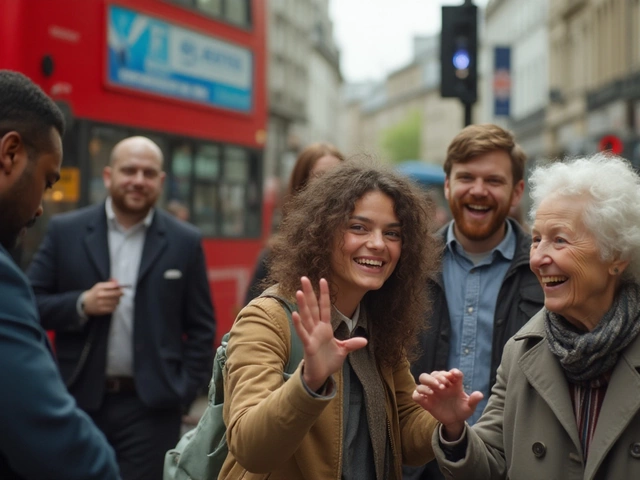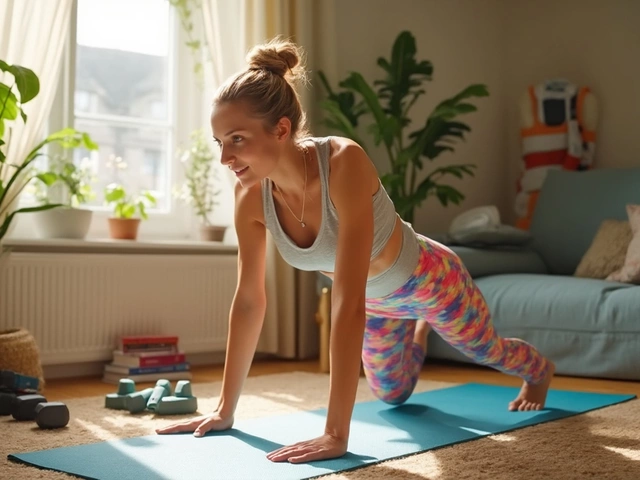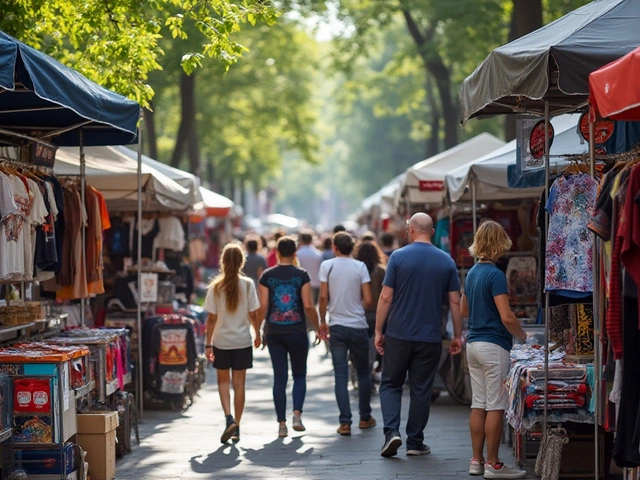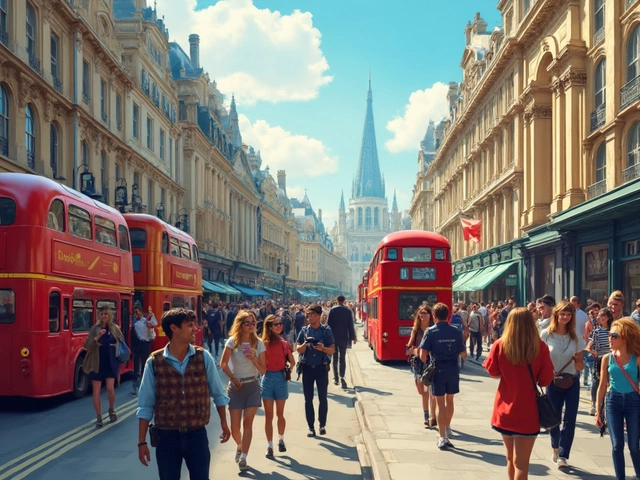If someone tells you they’ve found the one-and-only most sustainable fashion brand, don’t believe them—at least not right away. It’s 2025, and companies love to shout about how green they are. But when you peel back the layers, things get complicated. Some brands make great progress in one area while lagging in another, making the hunt for a true leader a bit like chasing a unicorn through a patch of recycled denim. So, who’s really at the front of the pack these days, and what does “most sustainable” even mean right now?
What Makes a Fashion Brand Truly Sustainable?
Sustainability has turned into a buzzword. Everyone says they have it, but very few actually walk the talk. Let’s dig into the nitty-gritty. A sustainable fashion brand is about more than swapping out polyester for organic cotton. The leaders in 2025 are thinking across their entire supply chain. Picture this: from the cotton field (using regenerative farming, not just organic), to the spinning mills powered by wind, to worker wages that could actually support a family, to shipping that doesn't guzzle fossil fuels, to take-back programs that turn yesterday’s shirt into tomorrow’s tote bag. All of these things matter.
Transparency is you being able to click a product page and see exactly where your jeans were made, who made them, and how their lives are affected. Patagonia, for instance, gives factory info right on their site, and they publish an annual Impact Report detailing their carbon footprint and water savings in real numbers. Eileen Fisher (often topping 'most sustainable' lists) refuses to brush off the hard stuff, publishing detailed updates about what’s working and what’s not in their supply chain. They also operate one of the most impressive renewal programs—collecting old clothes and transforming them for resale or recycling.
In 2024, a report from the Fashion Transparency Index showed that most “mainstream” brands still fail to hit even 40% on transparency ratings. On the flip side, newcomers like BEEN London and PANGAIA have built their whole identity around innovations like lab-grown fibers, compostable packaging, and supply chain openness. For BEEN London, every bag is crafted from recycled leather and plastic, and their London workshop lets you peek at the process—either virtually or in person. If you’re looking for vegan leathers that don’t involve toxic PVC or PU, brands like Stella McCartney have carved a niche, pioneering biobased materials for luxury bags and shoes.
Another key angle? Worker wellbeing—fair pay, safe conditions, social responsibility. Veja, famous for its ethically produced sneakers, works directly with cooperatives in Brazil and France, ensuring fair wages from farmers to finishers. Unlike many brands, Veja has refused to spend money on splashy advertising, instead funneling it into fair pay and organic rubber sourcing. Brands ticking all these boxes are rare; many hit some, but not all.
Trying to rank these companies is tricky. Some excel in materials, but their shipping is a nightmare. Others smash social goals but aren’t as innovative with fabrics yet. That’s why the “most sustainable” title isn’t a permanent crown. It’s a moving target, with each brand in a constant race to level up.
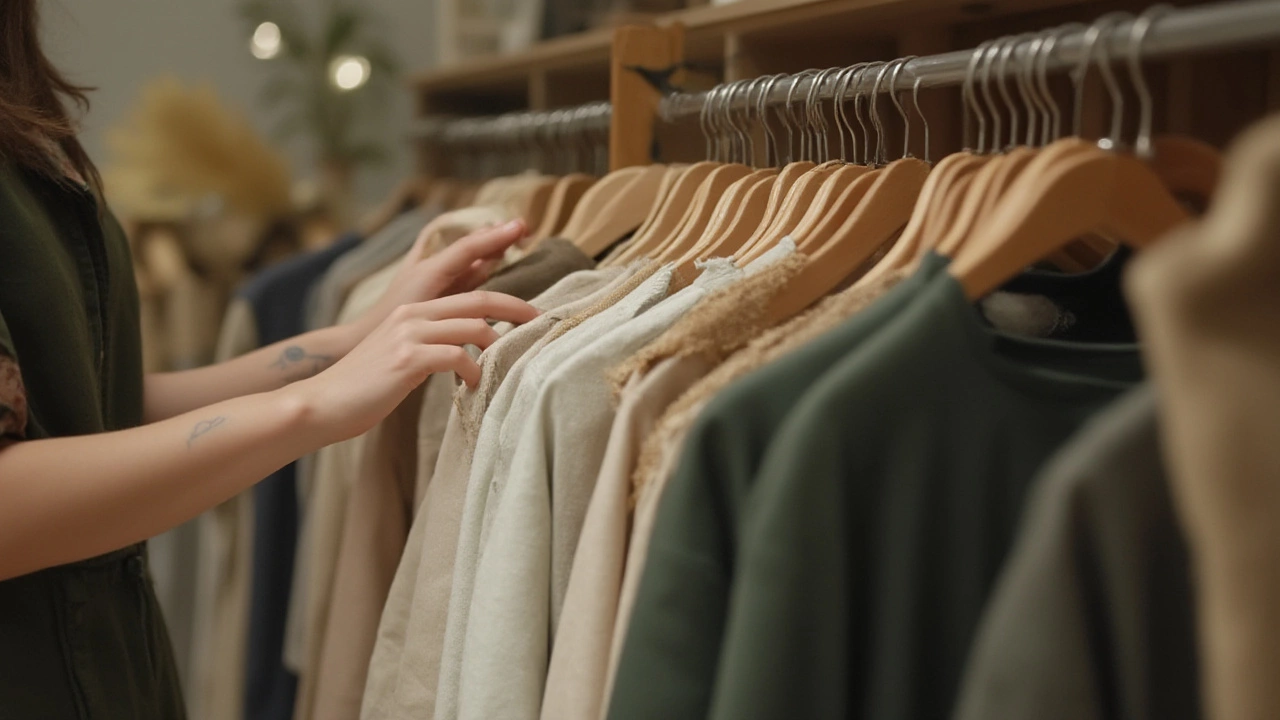
Who’s Setting the Gold Standard in Sustainable Fashion Now?
If we’re naming names, a few brands deserve serious attention in 2025. While no one nails absolutely everything, some come remarkably close.
Patagonia continues to be the brand to beat. They’ve doubled down on regenerative agriculture, aiming to source all cotton this way within three years. Their Worn Wear program now takes clothes from rival brands too, repairing and reselling to keep clothing out of landfill. Patagonia has also published research into microplastics, openly sharing solutions and failures. When they found recycled polyester still shed microfibers, they invested millions into new filtration systems—and posted the results for other brands to use.
{THE OUTDOOR PIONEER} Still, if you want pure transparency, Eileen Fisher in the U.S. is seen as a model. They pay living wages across their manufacturing hubs—documented and audited—and support female founders in their supply chain. Their commitment to circularity? Last year, they reclaimed over 1.5 million garments, upcycling or reselling 95% of them. They’re not just making a promise. They’re showing receipts.
Stella McCartney is another powerhouse, constantly experimenting with bio-based and recycled fibers (like Mylo, a type of mycelium leather). In 2025, Stella’s brand launched a full capsule collection that avoids animal, PVC, and polyurethane entirely—no easy feat. Her commitment to avoiding animal products in luxury fashion helped push several huge conglomerates in the same direction. Reportedly, she’s currently working on scaling mushroom leather to the mass market, which could revolutionize cruelty-free bags and shoes.
But let’s not forget the little guys. BEEN London uses leather scraps that would otherwise sit in landfill for ages and transforms them into chic handbags. They even share the carbon savings of each design on their website, updated quarterly. PANGAIA, somewhere between startup and science lab, continues to launch wild innovations—from seaweed fibers to oxygen-infused sportswear that claims to improve athletic performance and last longer between washes.
Each of these brands opens its supply chain to scrutiny, publishes clear sustainability reports, and pushes new standards for both materials and worker welfare. They regularly update customers on progress—and mistakes. The best part? These habits catch on, inspiring even giants like Adidas or Ganni to come clean and step up their standards, though they still have a way to go before earning a place at the top table.
Fast fashion’s major players—think Shein or Boohoo—still lag far behind, despite heavy greenwashing efforts. You can spot the difference a mile away: real leaders set out measurable goals and report progress (and setbacks) openly. If you see vague language and no hard numbers, take it as a red flag.

Smart Tips for Shopping Sustainable Fashion in 2025
If you’re out to make your wardrobe greener, don’t get overwhelmed by jargon. Here are some real-world tips to help you zero in on genuinely sustainable brands and skip the greenwashed noise:
- Look for brands that publish full sustainability reports—not just flashy Earth Day posts. Ask, “Can I check their supply chain? Who made this item, and under what conditions?”
- Check for circularity initiatives. Does the brand offer to repair, upcycle, or recycle your old clothes? If not, why not?
- Scan for fabric innovation. Are they using recycled or plant-based fibers? How is that material sourced and processed? Does it release microplastics when washed?
- Quiz the brand about packaging. More companies are switching to compostable or reusable solutions—less landfill, less guilt.
- Skip the temptation to impulse buy. The most sustainable item is the one already in your closet, or a secondhand find. Try apps like Depop or Vestiaire Collective for great resale selections.
- Check third-party certifications: Fair Trade, Bluesign, B Corp, and GOTS (Global Organic Textile Standard) are good signs—but snoop deeper to see if the brand’s actually walking the talk or just collecting stamps.
- Don’t ignore transparency ratings. Compare brands on platforms like Good On You or Remake’s Fashion Accountability Report for a snapshot of their strengths and shortcomings.
- Remember, “Made in…” tags aren’t enough. Dig into where the materials come from, not just where garments are sewn.
- Support brands that invest in their workers and communities, not just the environment. Fair wage projects and social responsibility investments matter just as much as eco-friendly fabrics.
- If you’re feeling lost, check a brand’s response to criticism. Do they dodge tough questions, or do they admit imperfections and lay out improvement plans?
- See how the brand’s pricing lines up with their ethics. If it looks too cheap to pay someone a living wage and cover eco upgrades, it probably is.
- Watch for innovative collaborations. Many leaders team up with scientists, farmers, or environmental NGOs—these partnerships speed up positive change and add extra layers of credibility.
The “most sustainable fashion brand” is probably the one you’ve never heard of—small, nimble, and focused as much on people as on the planet. But big names like Patagonia, Eileen Fisher, and Stella McCartney are setting standards the rest will have to meet if they want to survive. Expect the definition of sustainability to keep shifting, with pressure from conscious consumers and activists raising the bar every year.
So, rather than chasing a single “winner,” think critically, ask questions, and choose brands making authentic, measurable progress. Fashion’s future depends on it. And honestly? The planet appreciates every nudge in the right direction.
